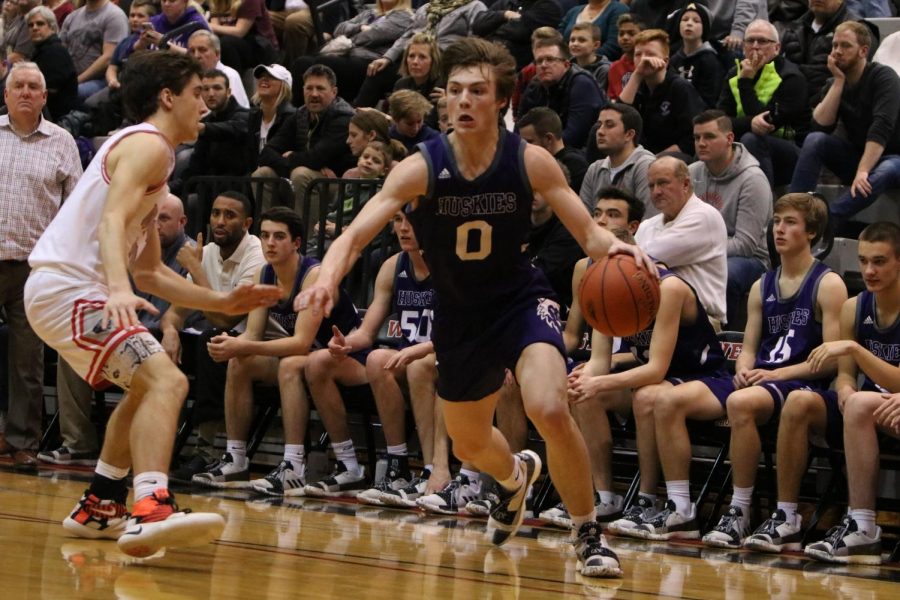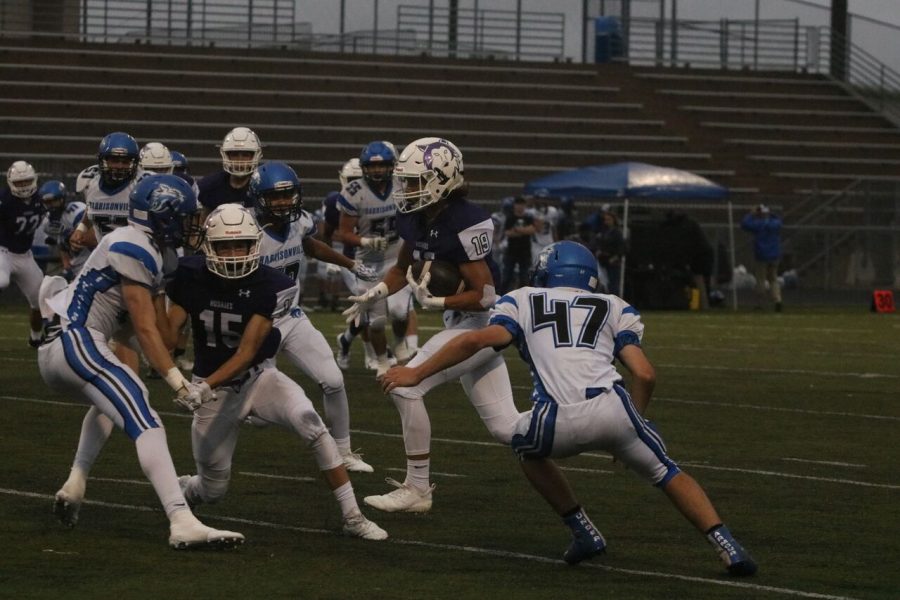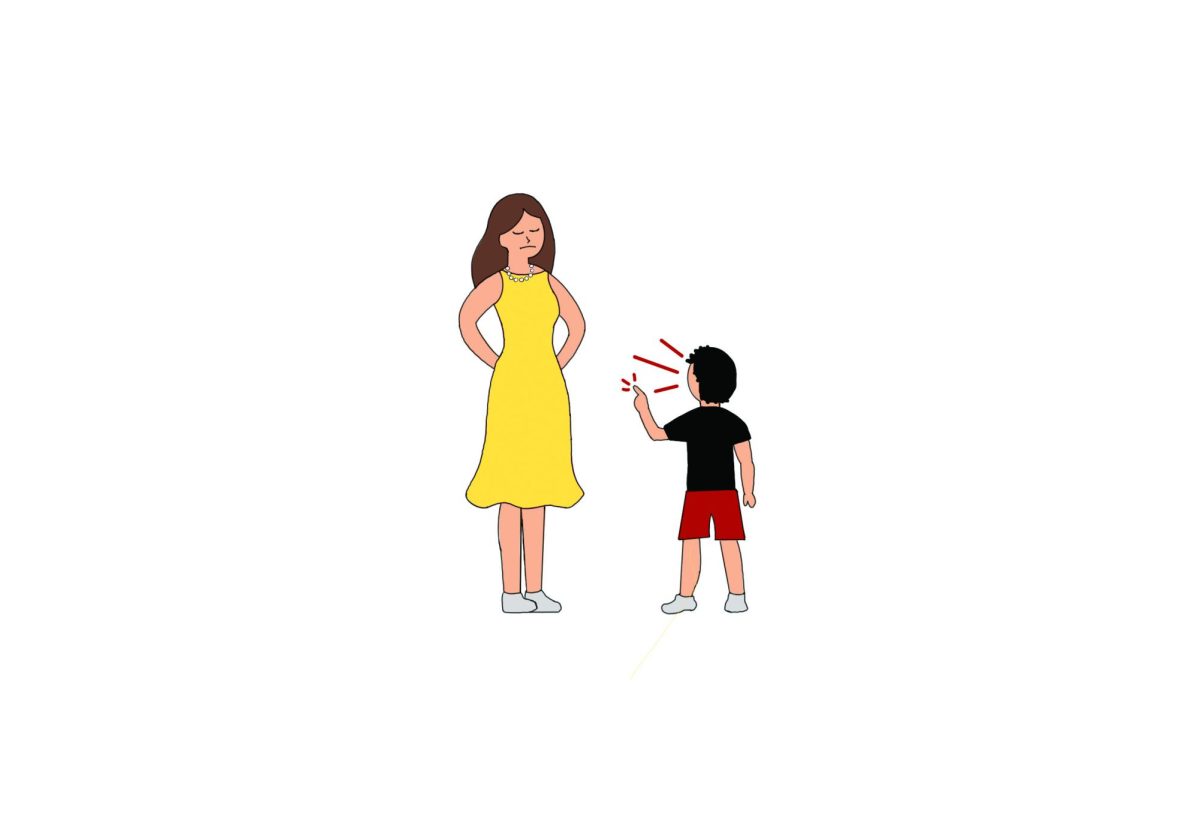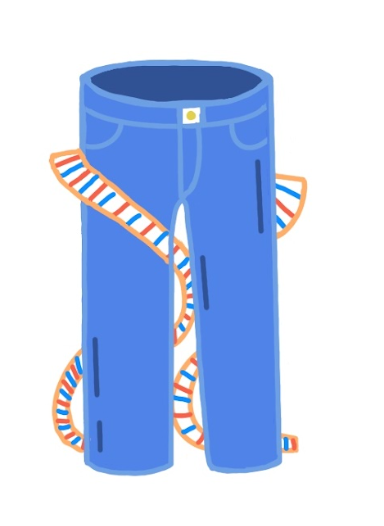In anticipation for Joe Wright’s adaption of “Anna Karenina”, I have gone kind of crazy for all things Leo Tolstoy (the Russian author of “Anna Karenina.”) My sister’s brief fetish with Russian history already gave me some context about Russian culture. I knew about the dry, psychological dramas of Anton Chekov (a Russian playwright) and the mentally ill Russian monarchs, but Tolstoy is different. Throughout September, I tried in vain to read the 750 page behemoth of a book. Even though I only got 70 pages into it (which is pretty pathetic) the depth of Tolstoy’s thoughts is mind-blowing. He is so analytical, and is able to concoct an entire world of characters and culture that are all involved in an elaborate plot. Many call Tolstoy’s novel “Anna Karenina” the best novel ever written, and from my experience I can agree. Consequently, I am rather critical of film interpretations. To make a film equal to this great novel is rather a lofty proposition. However, I think in 1935, David O. Selznick created an interesting portrayal–but, for the record, I think it’s virtually impossible to produce a film to match the complexities and idiosyncrasies of Tolstoy’s novel. I do, however applaud certain aspects of the Selznick film. The casting is spot on. Greta Garbo is invaluable as Anna Karenina. Known for her aloof personality and hostility toward public opinion, she was perfect for the part. The role of Anna is difficult. The character is not just a St. Petersburg socialite, she is bubbly one moment and brooding the next. She isn’t just emotional; Anna Karenina is obviously suffering from the effects of the public’s perception on her and her changing self-perception. When I watched the film for the first time, I was mesmerized by Garbo’s eyes — they really say it all. Her facial expressions don’t really change very much; it’s simply the look in her eyes that supplies the feeling for the film. This is particularly pronounced in my favorite scene of the film. Ironically, nothing happens. Greta Garbo sits silently and slightly slumped down in her seat on the train while gazing out the window. The scene is shot from outside the train window, and the reflection of the Russian countryside is cast over her face. Her eyes are almost twinkling in the light, yet are dark and forlorn. Additionally, Basil Rathbone (who you may know as Sherlock Holmes in several films produced in the 1930’s) looks exactly like I thought Sergei Karenin would look. He’s cold and rigid; his loveless personality is also reflected in his eyes, which are dull and emotionless. Karenin’s persona contrasts that of Count Alexei Vronsky, played by Frederic March. The lightness of his eyes display Vronsky’s inner weakness, which foreshadows his betrayal of Anna Karenina. I personally would just watch this film for the sets. They are absolutely impeccable. In the typical Russian style the interiors are regal and almost wild with ornamentation. However, there is one scene that really makes the movie: Anna Karenina meets her lover, Count Vronsky in the garden on her estate. The scene is shot so you can only see through the arch of foliage into the courtyard where they are speaking by a fountain. Flowers grown on trellises form halos over their heads, while Anna and Vronsky confess their love for each other. It’s truly a beautiful scene. I highly recommend watching the 1935 Selznick directed version of Anna Karenina before or after the 2012 Wright version. Keira Knightley as the lead will surely be gorgeous and masterful. Will she challenge Greta Garbo as Anna? I can’t wait to see.
My Karenina Obsession
Story continues below advertisement
More to Discover
About the Contributor
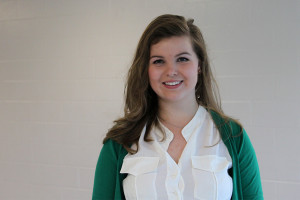
Meredith Johnson, The Express Print Editor


